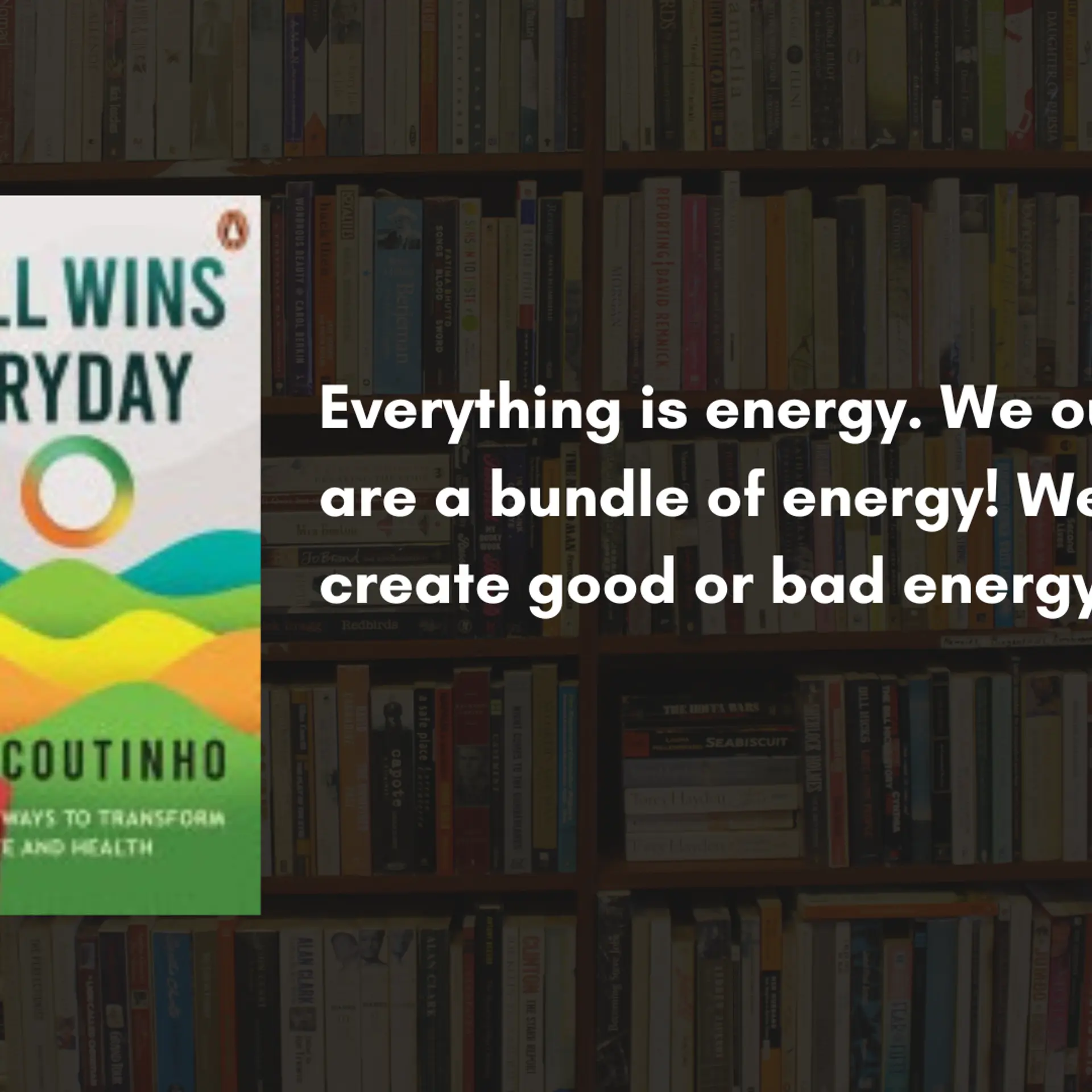Mission, milestones and meaning: success tips from the Art Bengaluru 2019 artists
In Part III of our photo essay on the ninth edition of Art Bengaluru, we feature more creative works along with artist insights on purpose in life and practice to get to the goal.
Launched in 2014, PhotoSparks is a weekly feature from YourStory, with photographs that celebrate the spirit of creativity and innovation. In the earlier 400 posts, we featured an art festival, cartoon gallery. world music festival, telecom expo, millets fair, climate change expo, wildlife conference, startup festival, Diwali rangoli, and jazz festival.

The ninth edition of the Art Bengaluru festival brings together 21 artists from across the world, including Netherlands, US, France, Saudi Arabia and India (see Part I and Part II of our coverage). The month-long festival in November, featuring 200 artworks displayed at UB City, is free for all to attend.
“Art enhances human culture and makes us true human beings. We express our feelings, thoughts, life experiences, or ideologies through art forms, explains artist-educator Venugopala HS, in a chat with YourStory.
He has worked across several art forms like drawing, painting, prints and murals. “In my early works, human figures dominated the way I expressed my inner feelings, whereas these days I am influenced more by my surroundings and through metaphorical expressions of mythology,” he explains.
After completing his art education, Venugopala worked in the private sector for a few years before becoming an art teacher. “I have taught for 30 years, and also exhibited my works in group shows across India such as Art for Integrity, The Mystical Landscape, and Chithra Yaatra,” he recalls.
His works have also been displayed in the third and fourth Egyptian International Print Triennale. Venugopala has taught at national camps and workshops, and served as an artist for Karnataka’s state textbook committee.
He sees a good future for art in India thanks to its diversity, appreciative audiences, and innovative works in contemporary art by the young generation. “Success for an artist comes from regular practice, careful observation, and awareness of current affairs. All this should reflect in their work,” Venugopala observes.
He calls for more importance for art appreciation in India’s education system, right from primary levels. “We have to develop art awareness in children so they can create their future with confidence,” he urges.
At the Art Bengaluru exhibition, he presented a range of works with curved trees, reflecting the struggles and challenges of society. Images of conflict and stability are captured through variations in texture and colour. His next projects will involve drawings and paintings based on monuments.
The struggles for preservation of natural life were also the theme of Mumbai-based artist, animator and designer Haribaabu Naatesan. His installations convey the importance of recycling and upcyling materials in an increasingly consumerist society. Haribaabu graduated from the Government College of Fine Arts, Chennai and National Institute of Design, (NID) Ahmedabad.
Inspired by the Law of Conservation of Mass, he feels matter and energy are neither created nor destroyed, but just change form. Repurposed scrap can outlive the utility of the original objects, and question the actions and views of consumers.
“My art is a reflection of the transitional nature of life. This world is so chaotic, cluttered, and full of materialistic greed. By making art via recycling, I am sensitising my audience to realise that at the end everything is nothing. My art helps them to explore their inner souls with consciousness to attain unconsciousness,” Haribaabu explains.
He urges audiences to think about what happens to discarded cell phones, blades, fused light bulbs, and out-of-date electronic items like Walkmans and videotapes. He asks: “What happens to what we generally call scrap?”
“Just because they have outlived their use, do they deserve to be forgotten in attics, thrown into bins, or piled up in the corner of a scrapyard? Life is an unbroken cycle of creation and destruction, and this applies to human birth and rebirth as well,” Haribaabu explains.
“I see life in stillness. And a beginning in every end. Whenever I see scrap materials, I see a soul waiting to come to life. I see science merging into art into design into spirituality. And I create,” he adds.
Describing his creative process, he says he does not start with sketches. “The composition just happens in my thoughts. Later, I go search for the forms from waste materials that fit into my composition. It’s a spontaneous act which evolves in creating my art. It’s a conscious effort to get into that unconscious thought,” Haribaabu evocatively explains.
His works are priced from Rs 5 lakh to Rs 40 lakh, and have been displayed at venues and festivals in India such as Jehangir Art Gallery, Kala Ghoda Arts Festival, India Habitat Centre, and Lalit Kala Academi. Overseas, his works have travelled to the UK and Azerbaijan. Haribaabu also mentors students and interns from design institutes.
At Art Bengaluru, Haribaabu displayed stunning works like The Dark Side of the Sun. “There is really no dark side of the sun,” he jokes. But the artwork has a clock with only one hand for seconds (not hours or minutes), intended to remind audiences that time is running out and we need to find alternative sources of energy.
Viewers described his works as futuristic, science-fiction, intricate and unconventional. But he says he wished more reactions were about spirituality, love and respect for the environment.
“I am in the journey where I don’t know my destination. The awards and commercial successes are like milestone which are reference points in my life. They give me confidence to move forward,” he explains. His next projects involve other mediums like blow glass, laser marking on acrylic glass, powder pigments in resins, and mechanised sculptures.
Haribaabu urges audiences to experience art individually. “Interpretation is very subjective. Interpretation is abstract. Visual art is seen through the individual's eyes and those eyes perceive things differently with their own experience in life,” he explains.
He also offers tips for aspiring artists. “Don’t do art only for art’s sake, or for galleries and collectors. Be honest to your work, put in your feelings, emotions (navarasas) and beyond,” he urges. The navarasas are the nine emotions: shringara (beauty), hasya (laughter), karuna (sorrow), raudra (anger), veera (courage), bhayanaka (fear), bibhatsya (disgust), adbutha (surprise), and shantha (peace).
“Do art for yourself. The rest will all fall in place for you. We all have one life to live, and you are lucky to be an artist,” Haribaabu signs off.
Now, what have you done today to pause in your busy schedule, and find ways to nurture or unleash your creative side?




















Venugopala HS


Haribaabu Naatesan
Got a creative photograph to share? Email us at PhotoSparks@YourStory.com!
See also the YourStory pocketbook ‘Proverbs and Quotes for Entrepreneurs: A World of Inspiration for Startups,’ accessible as apps for Apple and Android devices.








